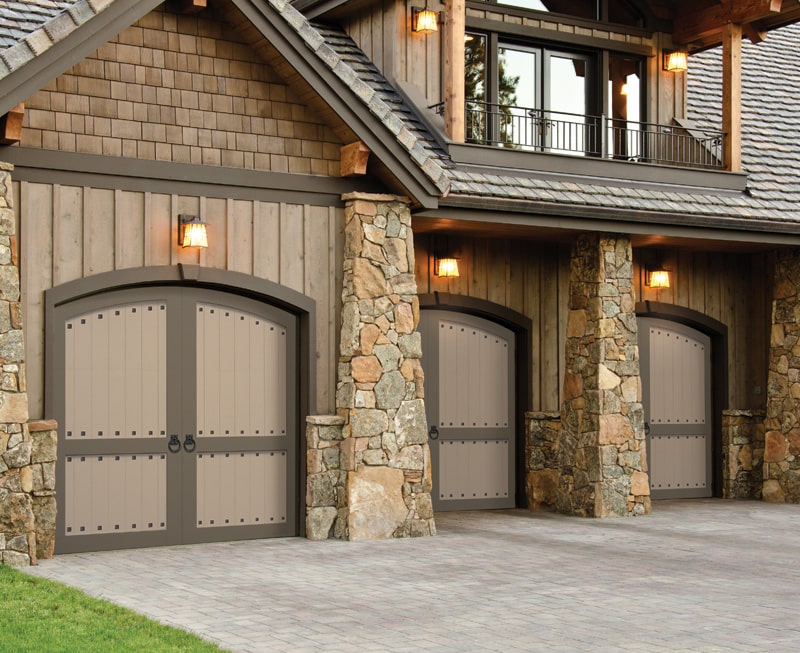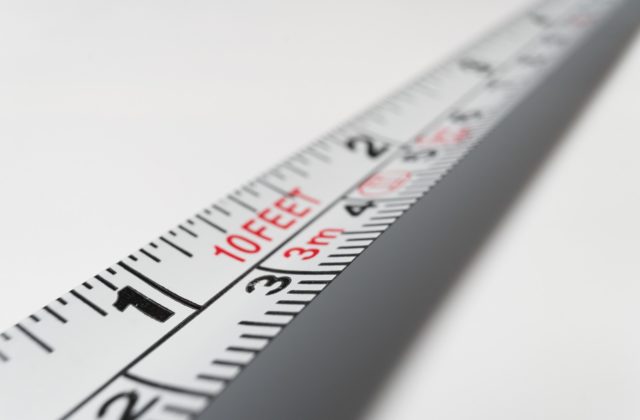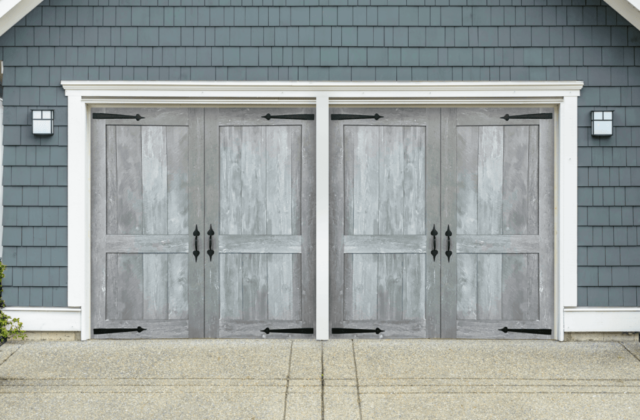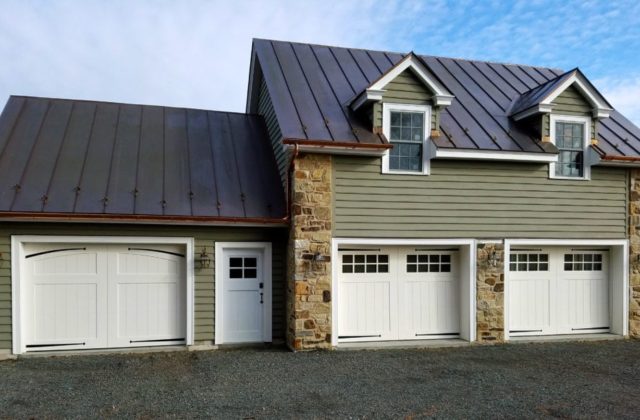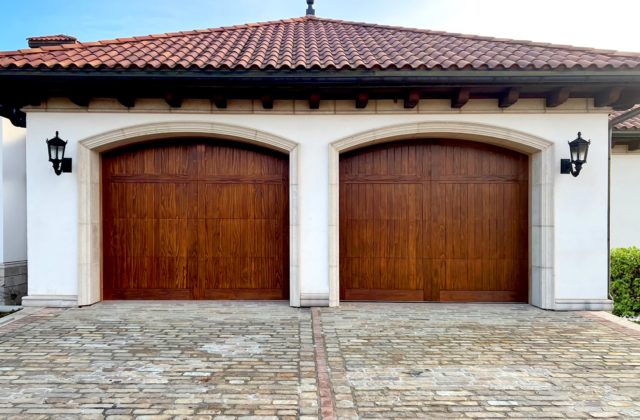While you might think of your roof or windows first, your garage door is often on the front lines of severe weather. From heavy rain and powerful winds to hail and even lightning, storms can majorly damage your garage door. Understanding the potential risks and knowing what to look for after a storm can save you a lot of hassle and expense.
Let’s discuss the common types of garage storm door damage and some practical advice on how to protect your garage door from storm damage and what steps to take if the worst happens.
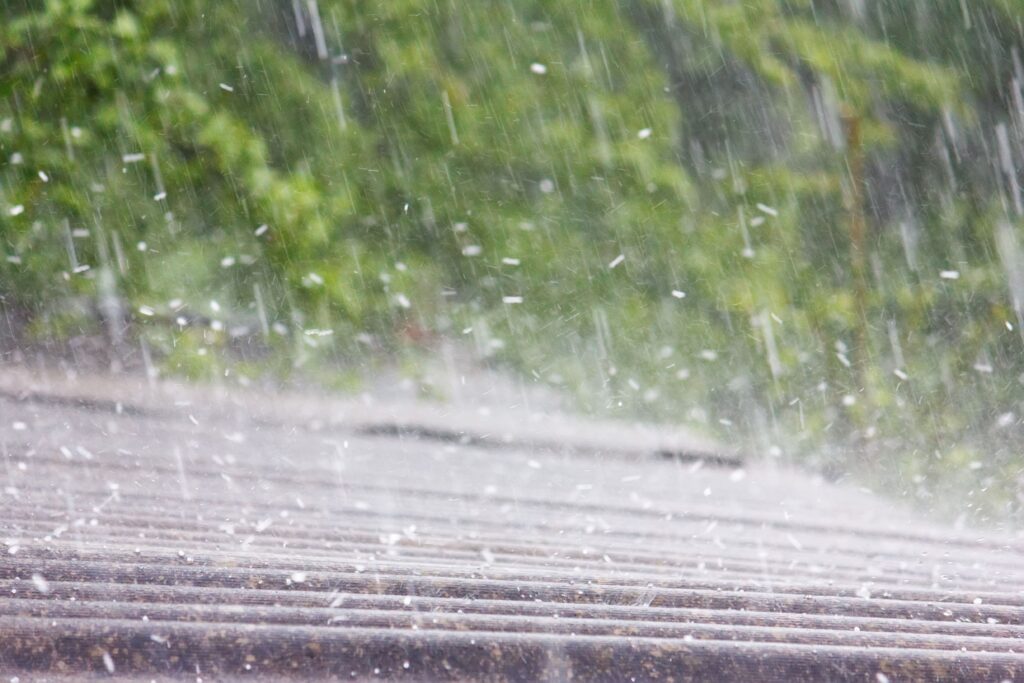
Types of Weather Damage
Wind Damage
Wind is one of the most destructive byproducts of storms. It can cause minor damage, such as missing shingles, or it can level buildings, destroy roofs and foundations, and cause damage from flying debris.
Several weather events can cause wind damage, like tornadoes, hurricanes, or violent thunderstorms. Learning how to secure your garage door from a hurricane or one of these other events can help save you time and money after a storm.
Hail Damage
Hail can inflict significant damage on your home, especially your garage door. Hailstones can vary in size, from a mere quarter-inch to over 4.5 inches, and larger hail can cause considerable damage, like dents or holes.
Hail can also make existing damage worse, which can lead to more extensive and costly repairs. For instance, if a hailstorm hits an already cracked window on your garage door, you might end up needing a full window replacement instead of just a simple crack repair.
Lightning Damage
Lightning strikes pose several threats to your home, including fires, damage to electronic equipment, and electrical surges. While you can’t completely protect your home from lightning damage, you can take steps to minimize it. For instance, using surge protectors for appliances like garage door openers can help protect them.
Beyond direct lightning strikes, electrical surges can also lead to power outages. In humid environments, these outages can indirectly contribute to mold growth. When your air conditioning or fans stop running due to a power outage, humidity levels can quickly rise, which creates an ideal environment for mold. If you find mold in your garage, clean it up immediately, since delaying can lead to costly mold remediation.
Water Damage
Navigating water damage with your home insurance can be tricky, as coverage often depends on the source of the damage.
Typically, standard home insurance policies don’t cover flood damage, so it usually requires a separate flood insurance policy. If you’re in Pennsylvania, for example, you can get flood insurance through the National Flood Insurance Program.
However, water damage from rainstorms or wind damage might be covered under your existing policy. If you’re unsure, it’s best to speak directly with your insurance agent to discuss the specifics of your policy.
How to Help Prevent Storm Damage
While you can’t always prevent storm damage, there are a few garage door storm protection steps you can take to help lessen the impact.
1. Replace The Garage Door Weather Stripping & Door Seals
Inspecting and replacing the weather stripping and door seals can help protect your garage from weather damage. This flexible rubber or vinyl strip is crucial for sealing the gap along the floor when your garage door closes.
Over time, these seals can become brittle, break, or even detach from the door. When this happens, your garage is vulnerable to more than just drafts and dirt. Installing new weatherstripping, especially along the sides and top of the door, offers several benefits:
- Water damage protection
- Improved insulation
- Keeping out pests and debris
2. Bracing the Door Against Heavy Winds
Another garage door storm protection step is to have garage door braces ready to go. Waiting until a storm approaches to brace your garage door could put you at risk or make it impossible to complete the task before the wind and rain arrive.
3. Secure Windows to Protect Against Breakage
Your windows are one of the weakest parts of the garage door. Open windows can cause pressurization in your structure. To protect this part of the door, you can screw plywood to the windows to prevent breakage. Window clips are extra security. These fasteners hold the plywood in place, giving you an extra layer of protection.
4. Consider Your Garage Door Material
Your garage door’s material is another preventative measure you can take. While steel garage doors are strong and wind-resistant, they’re susceptible to damage from hail and other impacts that can lead to dents that may eventually rust. This can shorten the door’s lifespan.
Vinyl garage doors are a popular alternative due to their superior impact resistance, which allows hail and other objects to typically bounce off without causing dents or damage. Plus, since vinyl is the same color throughout, any minor damage is less noticeable compared to the finish of other doors.
5. Maintain Your Door
For your garage door to withstand a strong storm, its structural integrity is paramount. Loose or weak hinges, a bent track, or improperly supported tracks significantly increase the risk of door failure or severe damage.
When you regularly inspect your garage door, you can stay on top of these problems and help prevent damage when storms hit.
What to Do After a Storm Damages Your Garage Door
1. Inspect Your Garage Door for Damage
When it’s safe, check your garage door for signs of damage. Pay attention to:
- Dented or cracked panels
- Misaligned or bent tracks
- Broken springs, hinges, or cables
- Water damage affecting the opener or other electrical components
You can also use a flashlight to see if there’s damage to your door that’s not immediately visible.
2. Test the Door’s Functionality
Try using the garage door, but be careful. If the door doesn’t move smoothly or gets stuck, don’t force it, as this could make the damage worse.
3. Secure Your Garage Door
If the door is still functional but damaged, make sure you secure it. Cover gaps and holes with tarps or plywood to prevent further weather exposure or unauthorized access.
4. Document Any Damage
Take photos of all visible damage and write detailed notes. This is essential for filing a claim with your homeowner’s insurance.
5. Contact Your Insurance Company
Contact your insurance provider as soon as possible to file a claim. Include photos, detailed notes, and any repair receipts to speed up the process.
It’s important to understand what your policy covers. Your insurance provider may choose to send someone to your house to inspect the damage in person, but it depends on the company.
